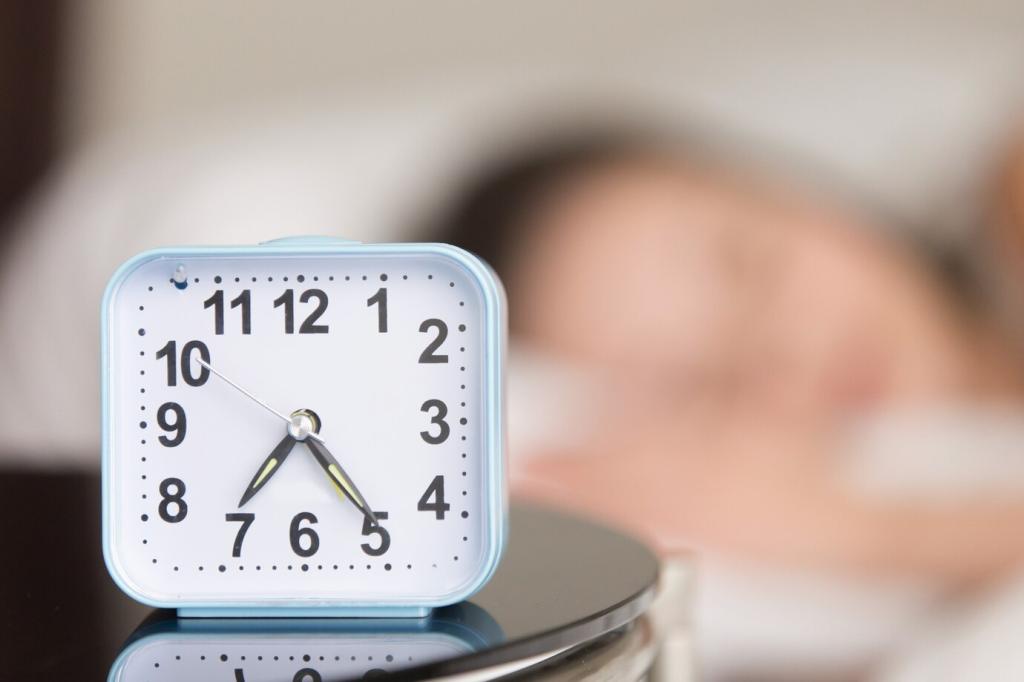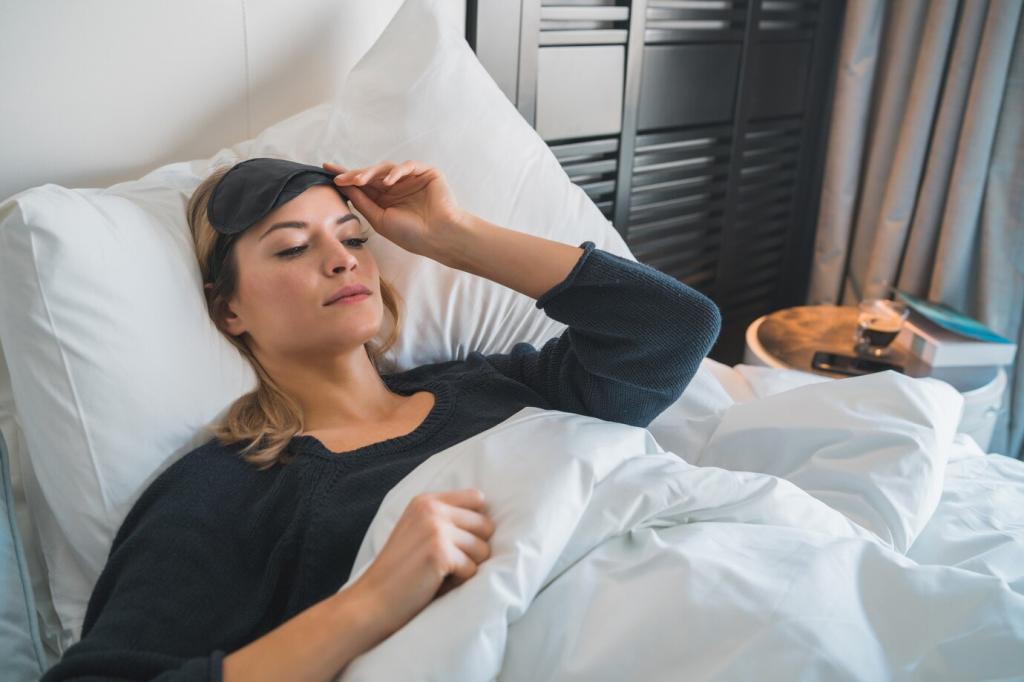
Silk Bedding for Allergy-Friendly Sleep: Breathe Easy, Dream Deep
Today’s chosen theme: Silk Bedding for Allergy-Friendly Sleep. Welcome to a softer, calmer night where science meets comfort and style. Explore why silk can be a soothing ally for sensitive skin, seasonal sniffles, and dust-mite concerns—and join our community to share tips, stories, and questions.
Why Silk Helps You Wake Without Sneezes
Silk is made of smooth, long protein filaments that reduce friction and provide fewer nooks for particles to cling. Its low static helps limit airborne dust. Dermatologists often praise silk’s gentle hand, and certifications like OEKO-TEX signal safer dyes for sensitive sleepers.

Why Silk Helps You Wake Without Sneezes
Dust mites thrive in humidity and textured, fluffy fibers. Silk’s tighter weave and quicker drying discourage them, though regular care still matters. Pair silk pillowcases and duvet covers with mindful laundering to keep allergens low, and let us know what wash rhythm works for you.
Choosing the Right Silk Bedding Set
Momme weight and weave decoded
For sheets and pillowcases, 19–22 momme offers a strong balance of durability, drape, and breathability. Charmeuse weave delivers that signature luster and skin-friendly glide. Heavier weights feel richer yet remain airy, helping your microclimate stay calmer through shifting seasons.
Mulberry grade and certifications
Look for long-fiber, Grade A mulberry silk to reduce pilling and shed fewer linty fragments. Independent certifications like OEKO-TEX Standard 100 support safer chemical thresholds, crucial for sensitive airways. Dyes labeled hypoallergenic or low-impact may further reduce irritation risks overnight.
Fit and closures that keep allergens out
Deep-pocket sheets stay anchored, reducing bunching that traps dust. Envelope pillowcase closures hide zippers and block lint, while zippered duvet covers keep fills contained. Good fit plus smooth silk makes a tidier, cleaner surface—share your favorite closures and why they work for you.
Care Rituals That Keep Allergens Away
Wash silk on a gentle cycle with cool to lukewarm water and a pH-neutral, fragrance-free detergent. Use a mesh bag, avoid fabric softeners, and spin lightly. Wash pillowcases twice weekly during allergy flares, sheets weekly, and duvet covers every two to three weeks for consistent comfort.
Care Rituals That Keep Allergens Away
Air-dry flat or hang in the shade to protect fibers and color. Skip high heat and direct sun, which can weaken silk. Steam lightly or iron on the silk setting inside-out. A calm finish keeps that glossy glide your skin and hair appreciate nightly.
Care Rituals That Keep Allergens Away
Store clean silk in breathable cotton bags, not plastic. Keep it cool and dry with unscented silica gel; avoid fragrances if you’re sensitive. Vacuum closets with a HEPA filter, and rotate items seasonally. Tell us your storage setup, and we’ll feature clever, space-savvy ideas.
Stories from the Silk Side
01
Maya’s calm spring
During peak pollen season, Maya swapped to a 22 momme mulberry silk pillowcase and duvet cover. She noticed fewer stuffy mornings and less cheek irritation. Her allergy plan still includes doctor guidance, but silk made nights quieter. Has silk helped you too? Add your story below.
02
Ken swaps cotton for quiet lungs
Asthmatic dad Ken paired HEPA filtration and mattress encasements with silk sheets and pillowcases. The smoother, tighter weave seemed to trap less dust, and nighttime wheezes eased. He now reads bedtime stories without a cough. Share what combination worked alongside silk in your home.
03
A travel trick that changed hotel nights
One reader always packs a silk pillowcase to bypass harsh laundry fragrances and unpredictable linens. That tiny layer delivers familiar texture and fewer triggers away from home. Do you travel with silk too? Drop your best portable, allergy-friendly hacks for fellow readers.




